Thinking about mastering Spanish? This comprehensive guide from LEARNS.EDU.VN breaks down how quickly you can learn Spanish, offering proven strategies and insights to accelerate your learning journey and achieve fluency. Discover the factors that influence your progress, effective learning methods, and practical tips for making the most of your Spanish language acquisition. Unlock your linguistic potential and embark on an exciting adventure into the Spanish-speaking world with LEARNS.EDU.VN as your trusted companion, offering expert guidance and resources for optimal language learning and skill enhancement.
1. The Global Appeal of Spanish: Why Learn It?
Spanish boasts a remarkable global presence, serving as the native language for nearly 500 million individuals. Beyond this impressive figure, it ranks as the world’s second most spoken native language, trailing only Mandarin Chinese. Globally, Spanish secures its position as the fourth most spoken language, following English, Mandarin Chinese, and Hindi. This widespread usage underscores the immense value and practicality of learning Spanish, opening doors to rich cultural experiences, enhanced career prospects, and meaningful connections across diverse communities.
Data source: Ethnologue
2. Spanish Proficiency: A Critical Skill for the Future
The British Council highlights Spanish as one of the ten most vital languages for the United Kingdom’s future, underscoring its significance in a globalized world. However, a survey commissioned by the British Council reveals that approximately three-quarters of the UK population lack the proficiency to hold a basic conversation in any of these languages, including Spanish. This language gap emphasizes the growing demand for Spanish speakers and the potential advantages that come with mastering the language.
3. Unlocking the Benefits: Why Invest in Learning Spanish?
Embarking on a journey to learn Spanish yields a multitude of advantages. These include better job prospects, the ability to travel to Spanish-speaking countries without language barriers, improved focus and cognitive sharpness through bilingualism, expanded entertainment options, exploration of Hispanic culture, and opportunities for new friendships.
4. Is Spanish Truly Easy to Learn? Debunking the Myths
Spanish is often considered an accessible language for English speakers due to its practical nature and wide reach. Its linguistic proximity to English can significantly ease the learning process.
Examples of Cognates:
| Spanish | English |
|---|---|
| Correcto | Correct |
| Delicioso | Delicious |
| Pizza | Pizza |
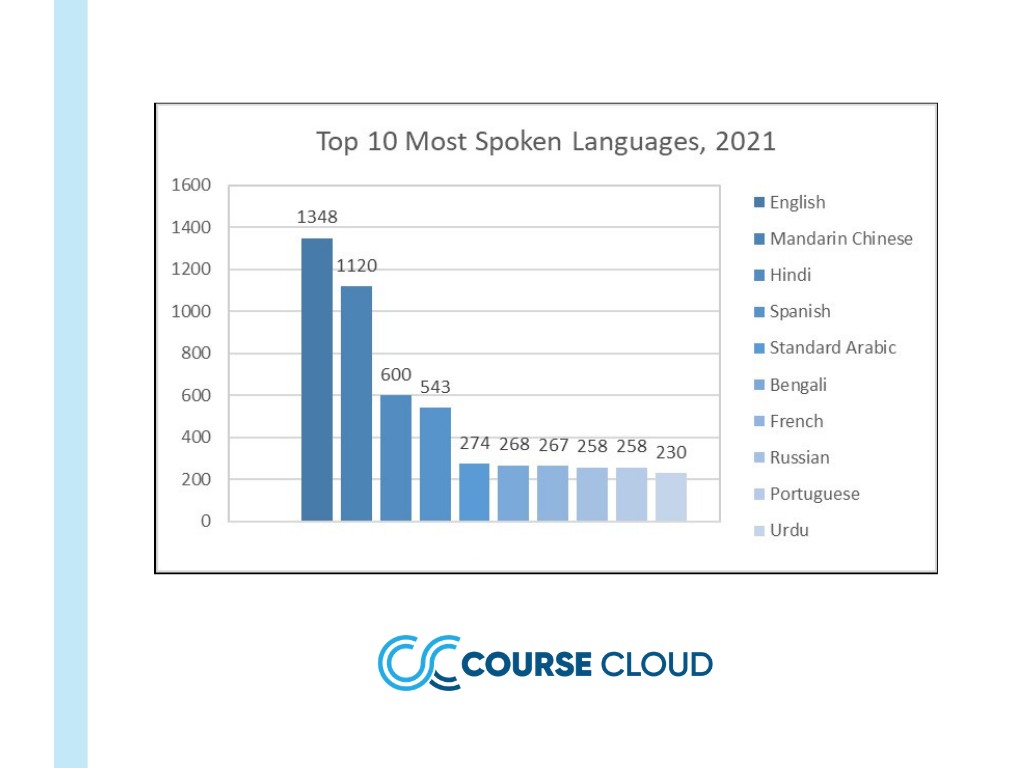
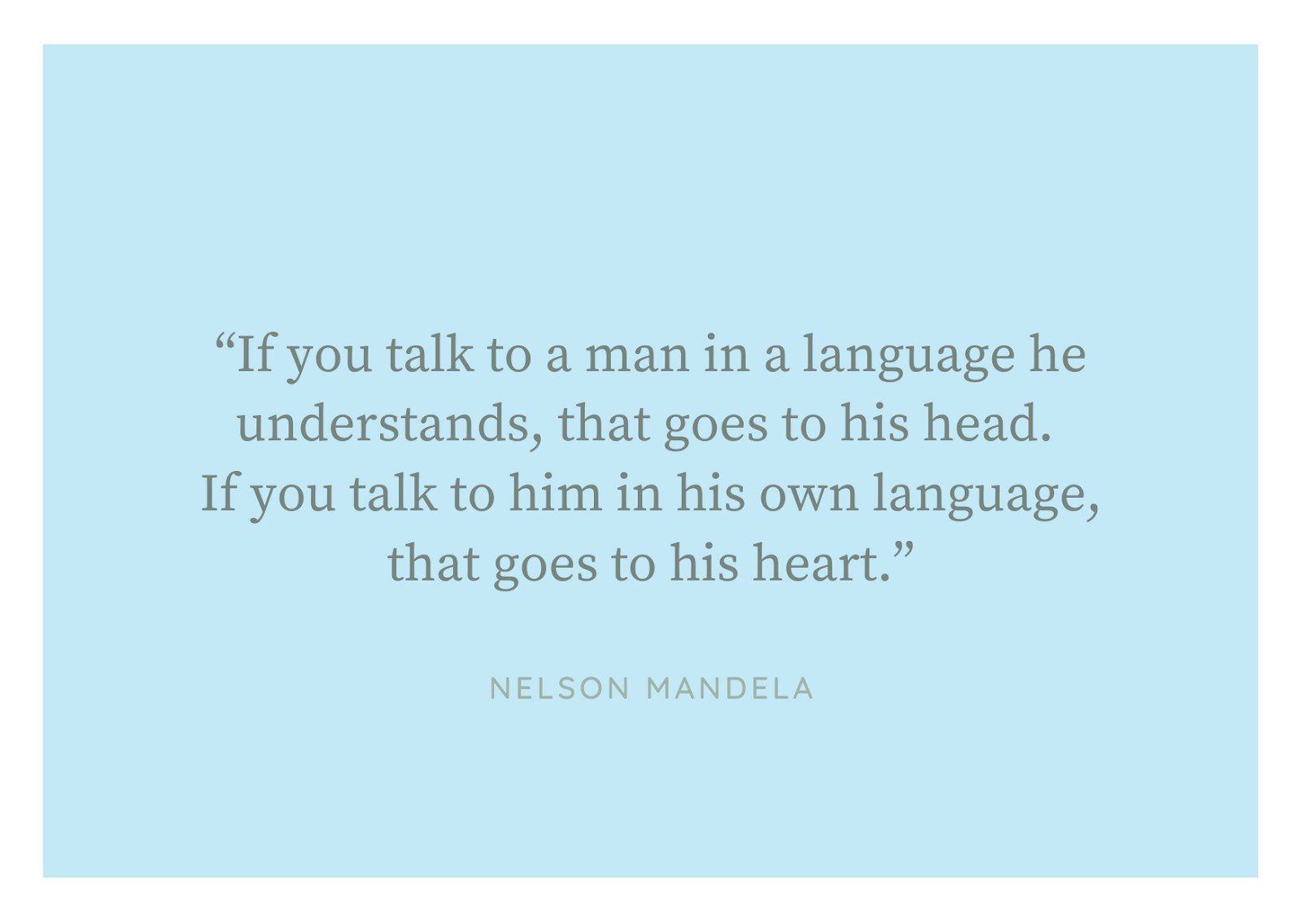

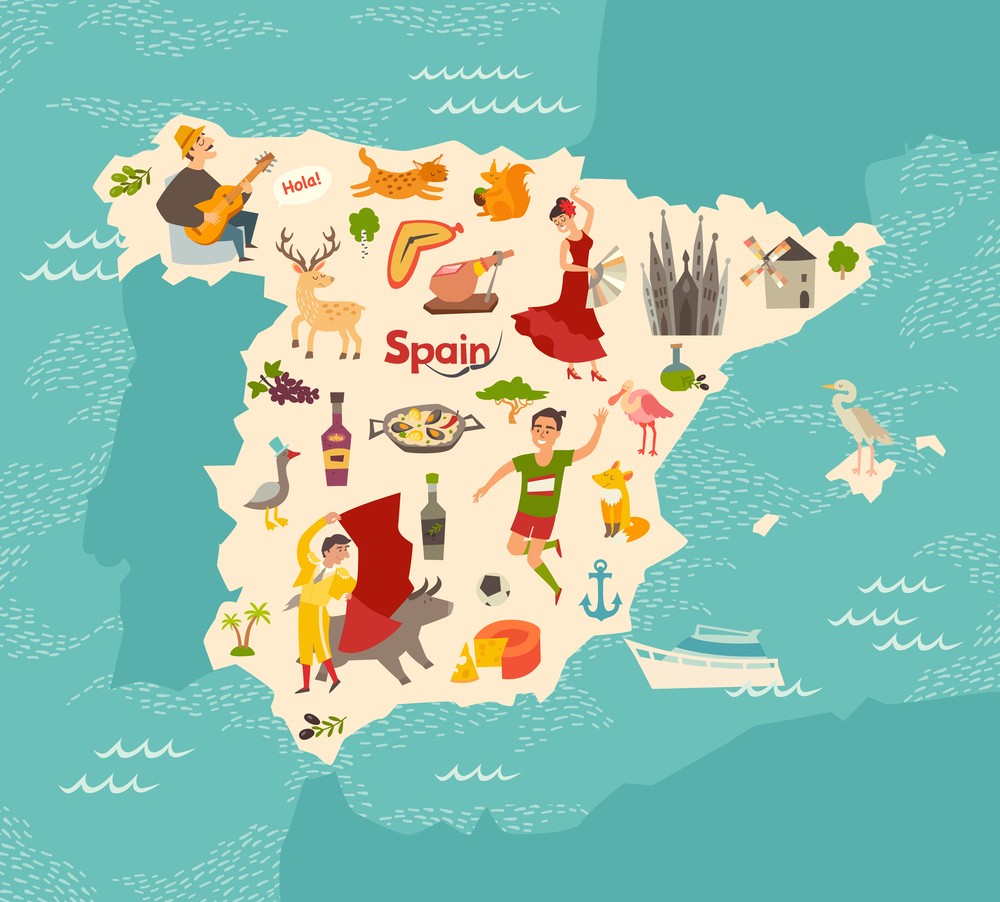
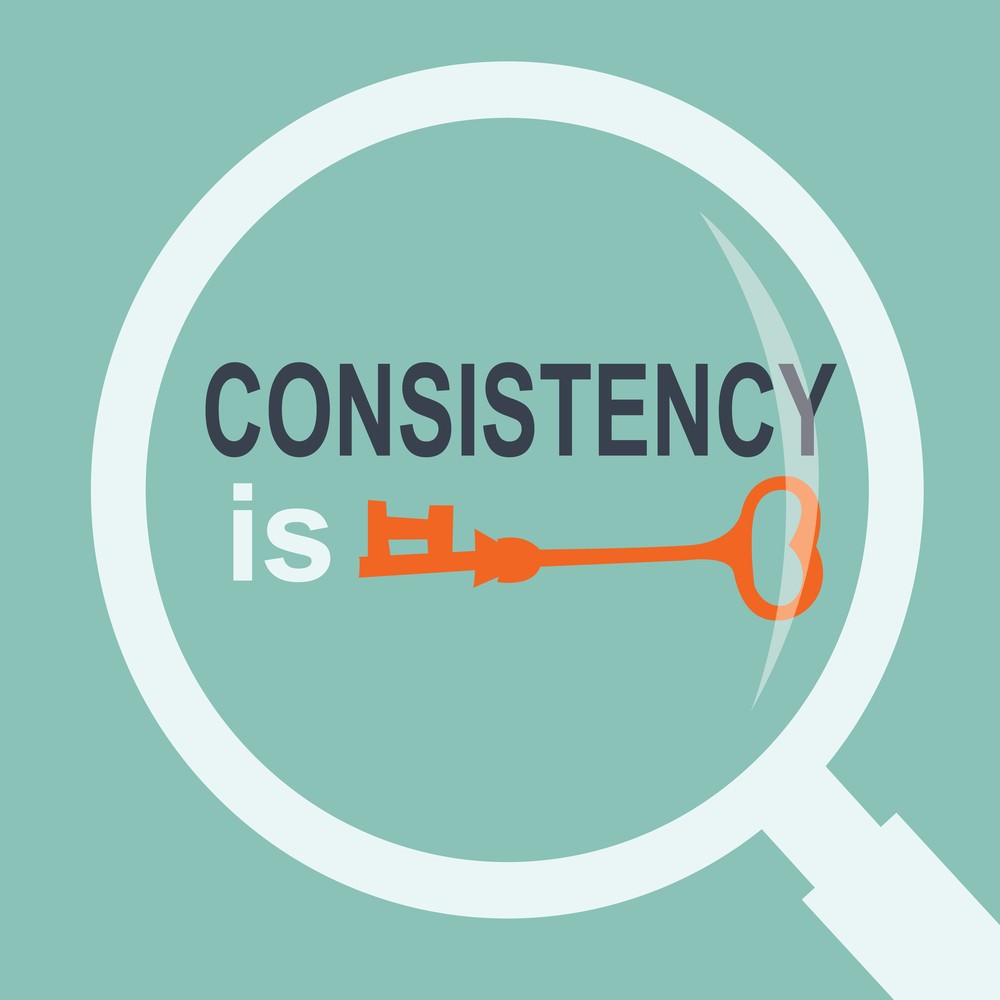
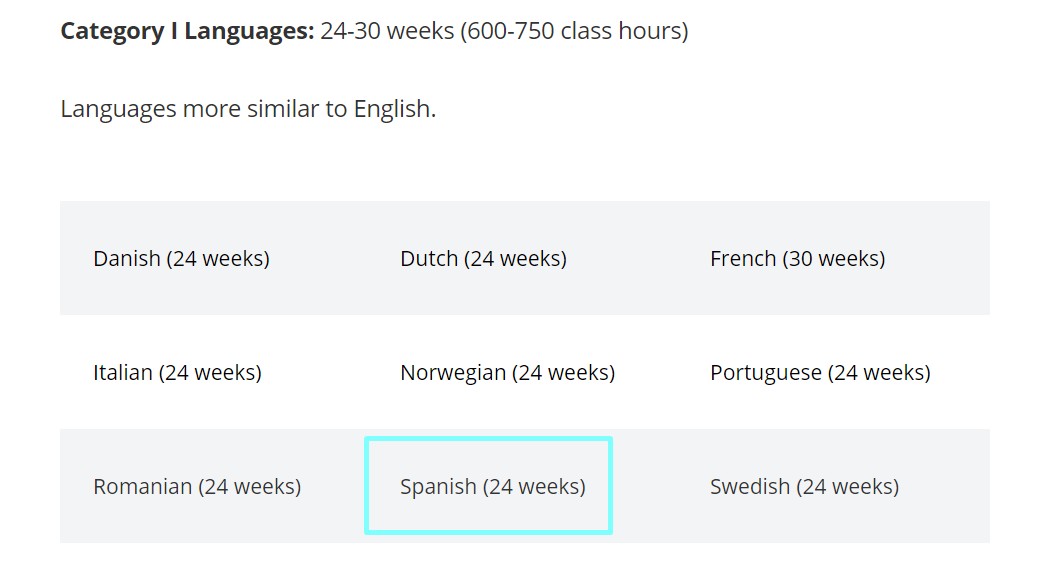

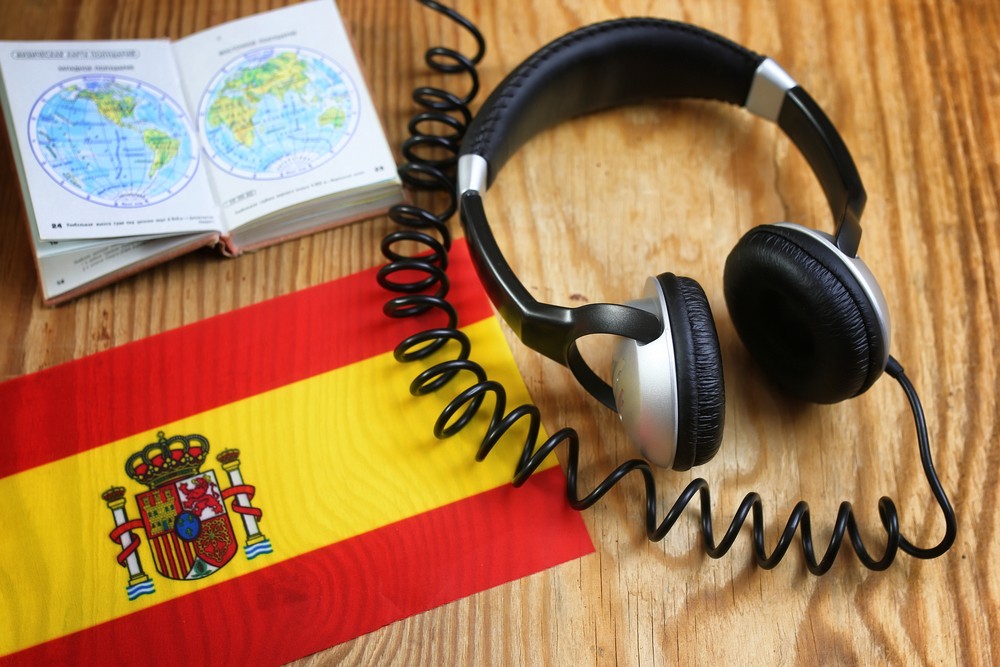
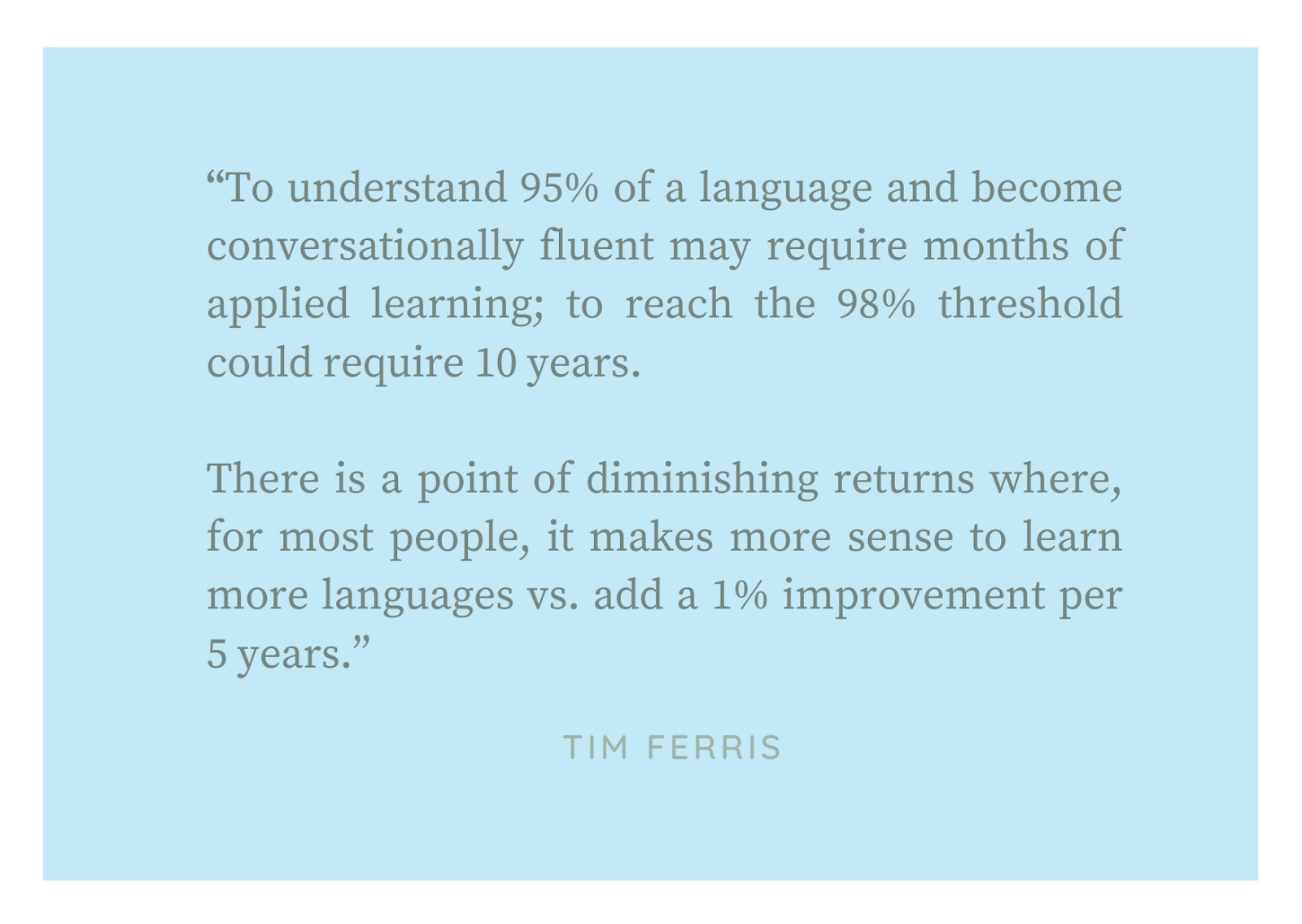
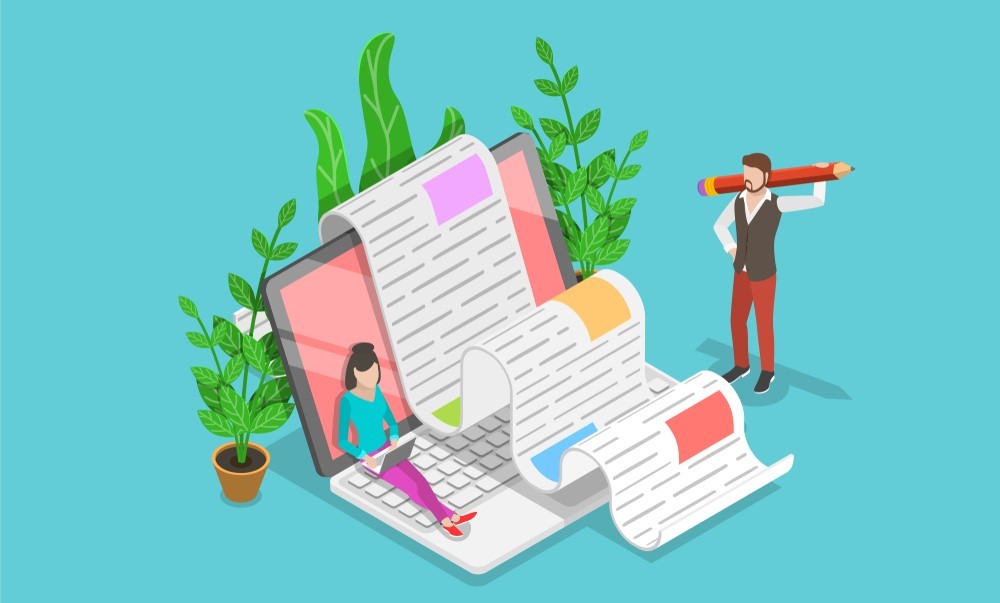
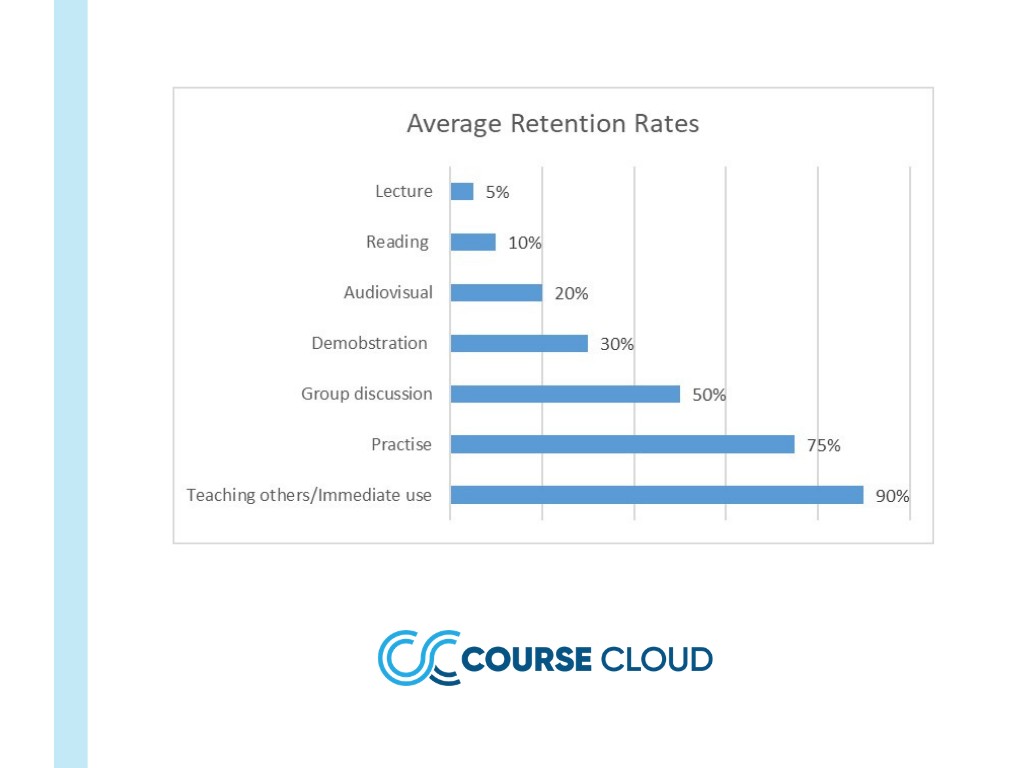
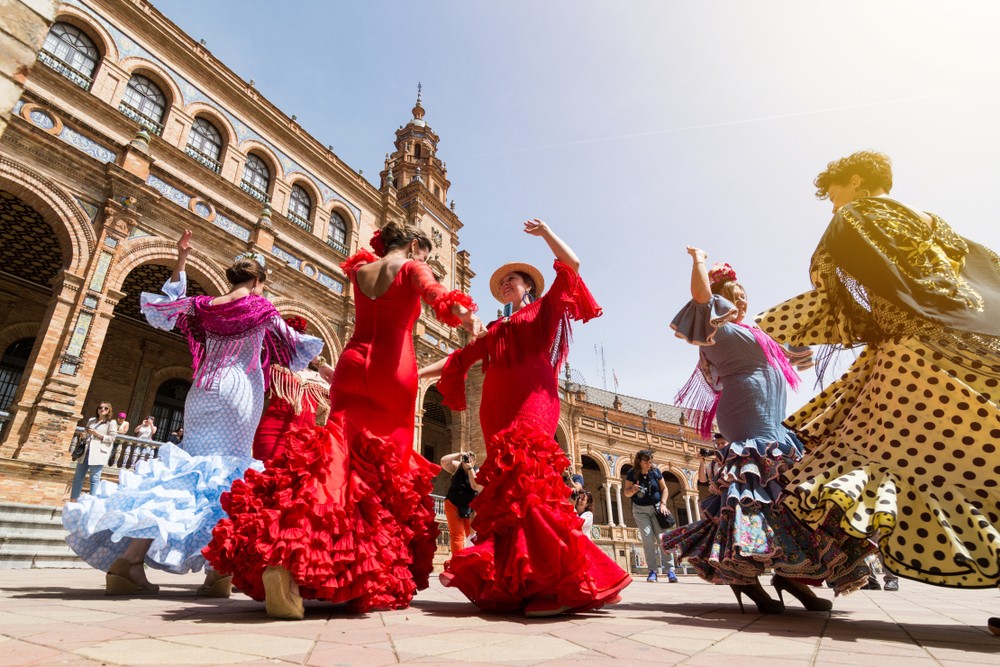
While learning a new language can seem daunting, the initial perception of difficulty can often be overcome with consistent effort and the right approach. Even native Spanish speakers had to start somewhere, making it a testament to the attainability of proficiency for dedicated learners.
5. Essential Considerations for Effective Spanish Learning
Individual differences play a significant role in language acquisition. Factors such as your native language, age, cultural background, and previous language learning experience can influence the pace and ease of learning Spanish. For example, speakers of languages closely related to Spanish may find the learning process more streamlined.
5.1. Setting Achievable Goals
Establishing realistic and specific goals is crucial for maintaining focus and motivation. Instead of aiming for vague objectives, break down the learning process into smaller, manageable steps.
Examples of Achievable Goals:
- Mastering basic greetings and introductions within the first week
- Being able to order food at a restaurant in Spanish by the end of the month
- Reading a short news article in Spanish without relying on a dictionary within three months
5.2. Identifying Your “Why”: The Driving Force
Reflecting on the reasons behind your desire to learn Spanish is an essential step. Clearly defining your goals and motivations will provide a strong foundation for your language learning journey.
Possible Motivations for Learning Spanish:
- A passion for the language and culture
- The desire to communicate with Spanish-speaking friends or family
- The need to navigate travel experiences in Spanish-speaking countries
- Career advancement opportunities requiring Spanish proficiency
- The aspiration to deliver presentations or speeches in Spanish
5.3. Engaging with Authentic Content
Reading for pleasure is a highly rewarding aspect of language learning. Supplementing traditional textbooks with authentic materials, such as novels, magazines, and online articles, can enhance vocabulary acquisition and improve reading comprehension.
5.4. Learning Vocabulary in Context
Memorizing extensive vocabulary lists can be challenging and often ineffective. Instead, focus on learning words and phrases in context, connecting them to real-life situations and personal experiences. This approach facilitates better retention and enables you to use the language more naturally.
5.5. Immersion: The Key to Accelerated Learning
Immersion is a powerful technique for accelerating language acquisition. Immersing yourself in a Spanish-speaking environment, whether through travel, study abroad, or simply surrounding yourself with Spanish media and culture, can dramatically improve your fluency and comprehension.
5.6. Embracing Patience and Perseverance
Learning a language takes time and effort. Progress may not always be linear, and there will be moments of frustration. It is important to remain patient, persistent, and focused on your long-term goals. Celebrate small victories along the way and remember that every step you take brings you closer to fluency.
6. Estimating Your Timeline: How Many Hours to Fluency?
The time required to achieve fluency in Spanish varies depending on individual factors such as learning style, motivation, and available resources. However, a general estimate suggests that with consistent study and practice, you can reach conversational fluency within a reasonable timeframe.
If you dedicate approximately one hour per day to studying Spanish, you can expect to achieve conversational fluency within 8 to 12 months, translating to around 250 to 350 hours of study. Consistency is paramount, as regular practice reinforces learning and accelerates progress.
6.1. Achieving Fluency in 6 Months or Less: Is it Possible?
Yes, achieving fluency in Spanish within 6 months is possible with dedication and the right approach. The key is to optimize your learning methods and maintain a consistent study schedule.
The actual timeline for learning Spanish depends on the chosen method. Traditional classroom learning with textbooks may take longer than immersion-based approaches.
6.2. Mastering Spanish from Scratch: A Realistic Goal
The timeframe for mastering Spanish from scratch varies depending on individual learning styles and available resources. Achieving a basic conversational level can take anywhere from 3 months to 1 year.
With favorable circumstances, it’s within reach for most people to learn Spanish to a good basic conversational level within a year. Knowledge of a similar language can shorten the timeline.
6.3. Time Investment for English Speakers: Insights from Experts
Calculating the exact time it takes for an English speaker to become fluent in Spanish is challenging, as learning paces and methodologies vary. However, statistics offer insights into potential timelines.
The Foreign Service Institute (FSI), with 70 years of language teaching experience, estimates the time required to reach “professional working proficiency.”
Category I languages, similar to English (including Spanish and Italian), require about 24-30 weeks, or 600-750 class hours, to achieve fluency.
According to FSI, it should take you about 24 weeks to learn Spanish.
Source: Foreign Service Institute
Spending 3 hours daily learning Spanish leads to fluency in about six months. Reducing study time to one hour a day extends the learning period to about 1.5 years, according to FSI.
Remember, these estimates are based on classroom instruction. Factors outside the classroom significantly influence language learning.
Spanish is highly accessible for English speakers. These numbers are guidelines, dependent on your dedication, resources, approach, and other factors.
7. Factors Influencing Your Spanish Learning Timeline
The pace at which you learn Spanish depends on various factors, some within your control and others influenced by your environment and circumstances. Understanding these factors can help you optimize your learning strategy and accelerate your progress.
- Do you live in a Spanish-speaking community?
- How often do you listen, read, and breathe Spanish in your daily life?
- What level of fluency do you want to reach?
- How motivated are you to learn Spanish?
- How effective are your study habits?
- Do you speak a language similar to Spanish?
- Do you have the opportunity to live surrounded by Spanish?
- What Spanish skills do you want to focus on?
7.1. Defining Your Fluency Goal: Conversational vs. Native Proficiency
The term “fluency” can have different meanings. It’s essential to clarify your desired level of proficiency to set realistic goals and tailor your learning approach.
7.1.1. Conversational Fluency
Conversational fluency means understanding about 95% of what you hear or read. It also means comfortably holding a 1-on-1 conversation at a normal speaking pace without having to repeat yourself or stop to think too much.
With conversational fluency, your pronunciation is clear and accurate, and you’re easily understood by native Spanish speakers.
Conversational fluency allows you to enjoy most benefits of knowing Spanish, such as traveling to Spanish-speaking countries with confidence or using Spanish in a work setting.
7.1.2. Native/Bilingual Proficiency
Someone at this proficiency level was either raised speaking the language as their native tongue or has been speaking it so long that they are completely fluent with little or no accent.
At this level, you can understand about 99-100% of what you hear or read, including all jokes, phrases, and cultural expressions.
Your pronunciation is so good that you can hold a 2-hour conversation with a native speaker without them knowing it’s not your first language.
While there’s nothing wrong with wanting to become fluent at a native level, it’s better to aim for a more achievable goal as a beginner to reduce pressure and frustration.
If you want to understand complex sentences, academic reports, or industry-specific content, you’ll need to aim for more than conversational fluency. Mastering basic greetings or ordering coffee is much easier than clarifying complex questions.
7.2. Unleashing the Power of Motivation
Motivation is a critical driver in language learning. A strong desire to learn Spanish will fuel your efforts and help you overcome challenges along the way.
Before you start learning Spanish, ask yourself:
- Why do I want to learn Spanish, and why now?
Reasons can include a job, curiosity, interest, or simply your love for the language.
Here are some ways to stay motivated:
- Announce your goal to learn Spanish on social media.
- Create a language progress journal.
- Start a blog dedicated to your Spanish learning journey.
These small things can help you stay motivated. If you get bored, try a different method or diversify your learning process.
7.3. Optimizing Your Study Habits
The effectiveness of your study habits significantly impacts your learning progress. Consider the following factors:
- How many hours of study can you put in each week?
- How will you learn: classes, private tutor, self-study, or another method?
- What aspects of learning do you focus on?
Evaluate your study habits to get the most out of your time and effort.
Resource quality is also important. Proper resources can significantly help you learn Spanish fast.
According to research from the NTL Institute, effective study habits are based on how people learn:
7.4. Leveraging Linguistic Connections
Learning Spanish can be easier if your native language is similar to Spanish.
Similarity can be seen in vocabulary, grammar, pronunciation, etc. For instance, Portuguese is similar to Spanish in vocabulary and grammar. According to the Foreign Service Institute, Spanish is similar to English and shares a good number of vocabulary words of Latin origin. So, it’s considered easy for English speakers to learn Spanish.
7.5. Immersing Yourself in the Language
Living in a Spanish-speaking country or having Spanish-speaking friends to practice with can significantly accelerate your learning.
Immersion is one of the fastest ways to learn any language. Real-life exposure will let you know where your learning gaps are and teach you new vocabulary and how to use them in everyday contexts.
7.6. Focusing on Relevant Skills
Learning Spanish doesn’t necessarily mean the same thing for everyone. Decide what skills to work on: listening, speaking, reading, or writing skills?
Focusing too much on specific skills might not be good for the long term.
8. Unveiling the Fastest Path to Spanish Fluency
The fastest way to learn Spanish is to combine all methods: listening, speaking, reading, etc. The quickest way to learn Spanish is through language immersion.
In this way, you hear, speak, and learn the language in authentic everyday contexts and experience it in familiar surroundings. You can learn the new language as naturally as your mother tongue without any pressure or stress about vocabulary.
Immersion helps you:
- Learn and remember vocabulary easily.
- Function like a native speaker.
- Develop intercultural awareness.
8.1. Implementing Spanish Immersion Strategies
Immersing yourself in Spanish doesn’t have to cost a fortune. While it’s great to learn and travel at the same time, you can immerse yourself in Spanish from home.
By making some small changes, you can create an immersive environment. Here’s how you can easily do it:
- Start referring to all objects in Spanish.
- Include Spanish in your daily tasks and conversations.
- Keep a journal or meditate in Spanish.
- Find a Spanish language exchange partner.
- Jam out to Spanish music.
This is one of the fastest and most effective ways to become fluent. If you have the opportunity to learn Spanish while living or traveling to a Spanish-speaking country, take it.
Here are some basic Spanish words to start with:
- Hola = Hello
- Adiós = Goodbye
- Por favor = Please
- Gracias = Thank you
- Lo siento = Sorry
- Sí = Yes
- No = No
- Te quiero/Te amo = I love you
- Mucho gusto = Nice to meet you
- Buenos días = Good morning
- Buenas tardes = Good afternoon
- Buenas noches = Good evening
- Salud = Bless you
8.2. Timelines for Spanish Immersion
With the immersion technique, if you spend three or more hours every day, you’ll be able to learn Spanish in three months.
If you move to a Spanish-speaking country, you can expect to be relatively fluent within only three months if you continue to practice, listen to, and speak with native Spanish speakers.
9. Optimal Strategies for Spanish Fluency
The best way to learn Spanish is to practice it constantly. Using your listening skills and speaking Spanish (no matter how broken it sounds) can greatly help you master Spanish.
There’s no alternative to speaking to become fluent in a language, no matter which method you use. The more time you spend talking, the less time it’ll take for you to be fluent.
Learning Spanish words and phrases is important, because grammar alone won’t teach you how the language is used by more than 500 million Spanish speakers worldwide.
Here are some bonus Spanish words for music lovers:
- Despacito = Slowly
- Mi Gente = My people
- Bailando = Dancing
- Gasolina = Gasoline
- La Bicicleta = The bicycle
- Sin Pijama = Without pyjamas
- Bella = Beautiful
- Clandestino = Clandestine or secret
- No Me Acuerdo = I don’t remember
Commit to learning Spanish every chance you get. Study smart, if not harder!
10. FAQ: Common Questions About Learning Spanish
-
Is Spanish hard to learn for English speakers? Spanish is generally considered one of the easier languages for English speakers to learn due to similarities in vocabulary and grammar.
-
How many Spanish words do I need to know to be fluent? Knowing around 3,000 to 5,000 words can help you achieve conversational fluency.
-
What are some good resources for learning Spanish? Popular resources include Duolingo, Babbel, Rosetta Stone, and SpanishDict. Additionally, consider textbooks, workbooks, language exchange partners, and immersive experiences.
-
Is it better to learn Spanish online or in a classroom? Both options have their advantages. Online resources offer flexibility and convenience, while classroom settings provide structured learning and interaction with instructors and fellow students. The best choice depends on your learning style and preferences.
-
How can I improve my Spanish pronunciation? Practice speaking with native speakers, listen to Spanish audio and podcasts, and use online pronunciation tools. Pay attention to the sounds and intonation patterns of the language.
-
What is the best way to learn Spanish grammar? Use textbooks, online grammar resources, and practice exercises to understand the rules of Spanish grammar. Focus on mastering the basics first before moving on to more complex concepts.
-
How can I stay motivated while learning Spanish? Set realistic goals, track your progress, reward yourself for milestones achieved, and find a language partner or community to connect with.
-
Should I focus on learning Spanish from Spain or Latin America? Choose the dialect that aligns with your interests and goals. Spanish from Spain and Latin America have some differences in pronunciation, vocabulary, and grammar.
-
What are some common mistakes to avoid when learning Spanish? Avoid translating word-for-word from English, neglecting pronunciation practice, and being afraid to make mistakes. Embrace mistakes as learning opportunities and seek feedback from native speakers.
-
How can I find a Spanish language partner? Use language exchange apps like HelloTalk or Tandem, join online forums or groups, and attend language exchange events in your local community.
11. Conclusion
To learn Spanish effectively, take courses, make friends, move to a new place, and speak only Spanish. Listen to Spanish music, work and study hard, and have fun. Learning Spanish can be life-changing, and you may be grateful for the opportunity.
Ready to start your Spanish learning journey? Visit LEARNS.EDU.VN today to discover comprehensive courses and resources tailored to your needs and goals. Whether you’re a beginner or looking to enhance your existing skills, LEARNS.EDU.VN offers expert guidance and support to help you achieve fluency in Spanish. Contact us at 123 Education Way, Learnville, CA 90210, United States. Whatsapp: +1 555-555-1212. Website: learns.edu.vn
Mucha suerte. Que nada te detenga (Good luck. Don’t let anything stop you.)
